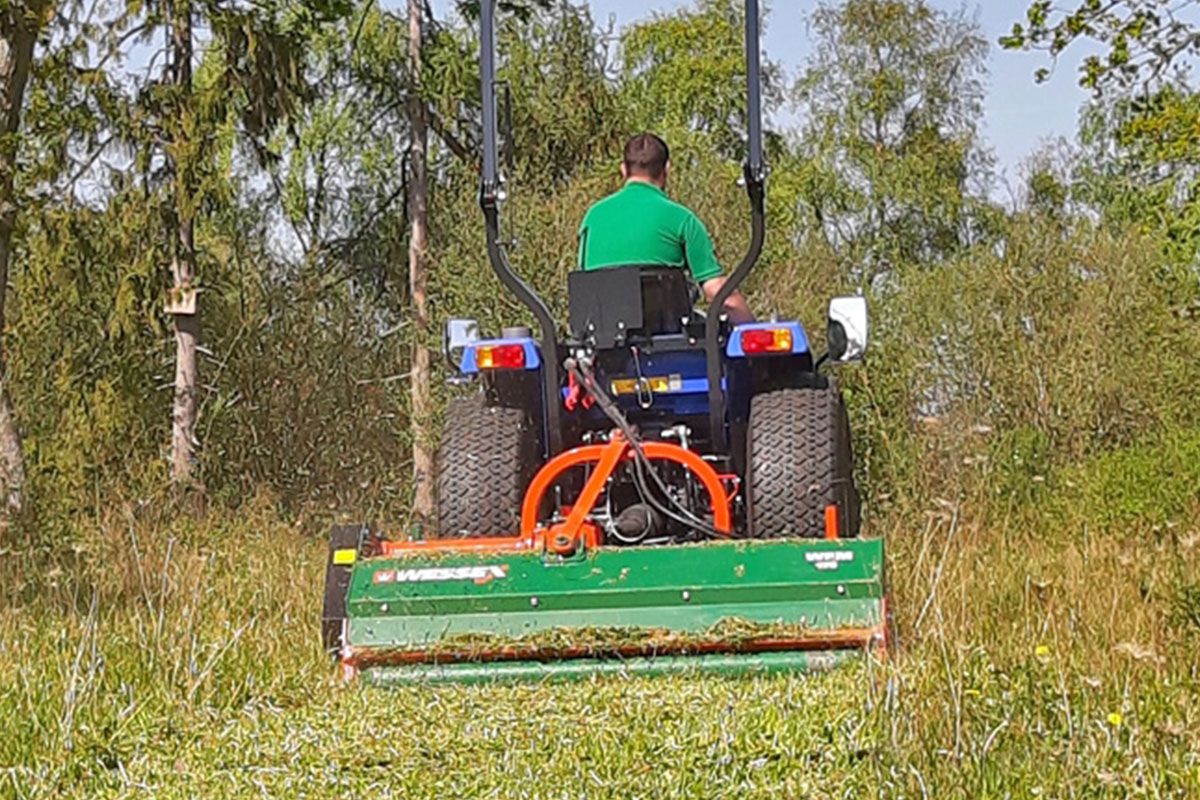
Tips for Using a Flail Mower
Optimize your flail mower's performance with these crucial tips on operation, speed, blade selection, and safety. Improve machine longevity and mow with care.
Maximizing Efficiency and Durability: Tips for Using a Flail Mower
Using a flail mower efficiently requires an understanding of its mechanism and operational guidelines. Here are some essential tips to ensure you get the best performance from your flail mower while maintaining safety and maximizing the longevity of the machine:
Essential Operating Guidelines for Flail Mowers
1. Always Mow Forward
Flail mowers are designed to operate optimally in a forward motion. If you need to reverse, make sure to lift the mower deck to avoid damaging the machinery. Lower the deck once you are positioned correctly to continue mowing. This prevents the wrapping of materials around the shaft and protects the belts from burning out.
2. Maintain Appropriate Speed
Operate your flail mower at the forward speed recommended for your tractor. The engine RPM should be set high, with the PTO at 540 RPM. This speed ensures that the flails have enough velocity to lift and effectively chop the material. Operating at too low a speed can cause the mower to bog down, resulting in inefficient mowing.
3. Adjust Cutting Height Correctly
Start with the highest feasible cutting height and then adjust as necessary. If the vegetation is too dense or tall, increase the cutting height to avoid overburdening the mower. You can adjust the height by modifying the top center hitch link. This setting raises or lowers the front edge of the mower, allowing for a larger or smaller intake of material.
4. Choose the Right Blades
Depending on the type of vegetation, select the appropriate flail blades. Hammer blades are ideal for wooden or thicker brush material up to 4 inches in diameter, whereas "Y" grass blades are better suited for lighter, leafy materials and small saplings.
5. Regular Inspection and Maintenance
Before and after each use, inspect your flail mower for any signs of wear or damage. Check flails for dullness, damage, or significant wear and replace as needed. Also, ensure that all bolts and chains are tight and the flail mower’s drum is free of debris. Regular maintenance helps in extending the life of your flail mower.
6. Operational Awareness
Be mindful of the terrain and presence of foreign objects. Flail mowers handle uneven ground well but always keep an eye out for hidden obstacles like large stones or hard roots which can cause sudden jolts or potential damage.
7. Safety First
Always adhere to safety guidelines. Wear appropriate personal protective equipment (PPE) such as gloves, goggles, and ear protection. Ensure that the protective shields and guards on the mower are in place and in good condition to prevent any flying debris during operation.
8. Environmental Consideration
Take advantage of the mulching capability of flail mowers to nourish the soil. The chopped debris decomposes quickly and returns nutrients back to the earth, aiding in the ecological balance and fostering a healthy growing environment.
By following these tips, you not only ensure the efficient operation of your flail mower but also contribute to its durability and the safety of your mowing environment. Happy mowing!








